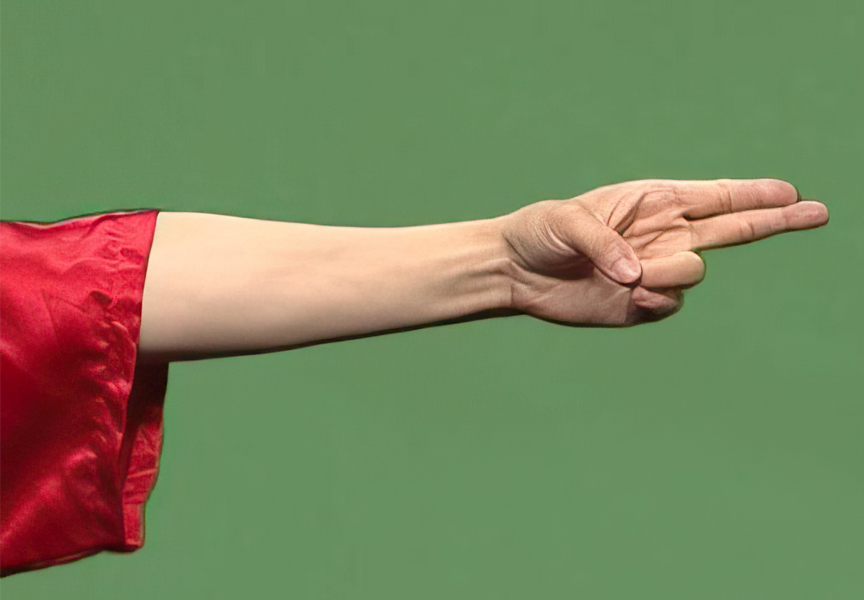Random Free Articles
- Sport Should Advocate Noble Competition
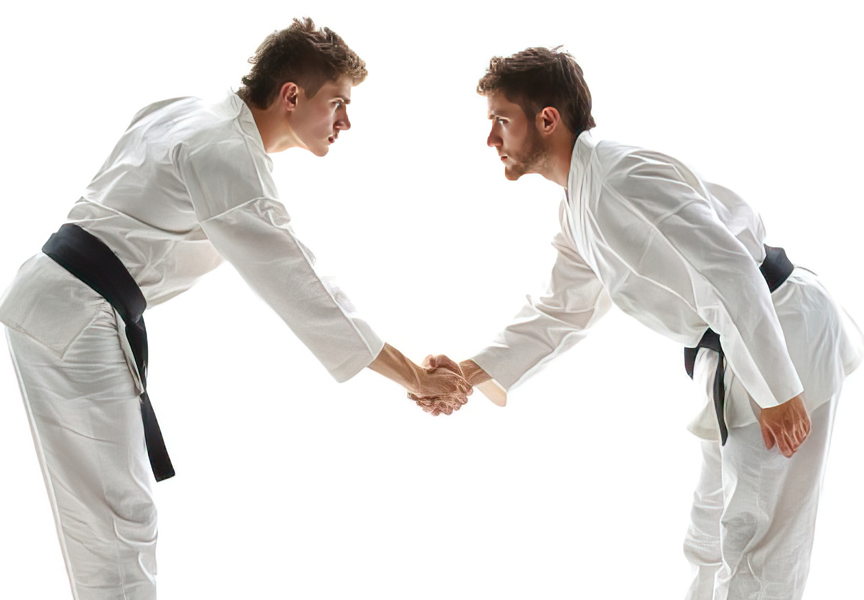
No To Violent Instincts and Discrimination Sport has always been a mirror reflecting human society, embodying ideals of teamwork, dedication, and the pursuit of excellence. However, in the heat of competition, it can also magnify humanity’s darker impulses, including violence, aggression, and even discrimination. In this context, it's crucial to emphasize that the true spirit of sport lies not in brute force or exclusion, but in noble…
- The Martial Art Dilemma: Quality Over Quantity
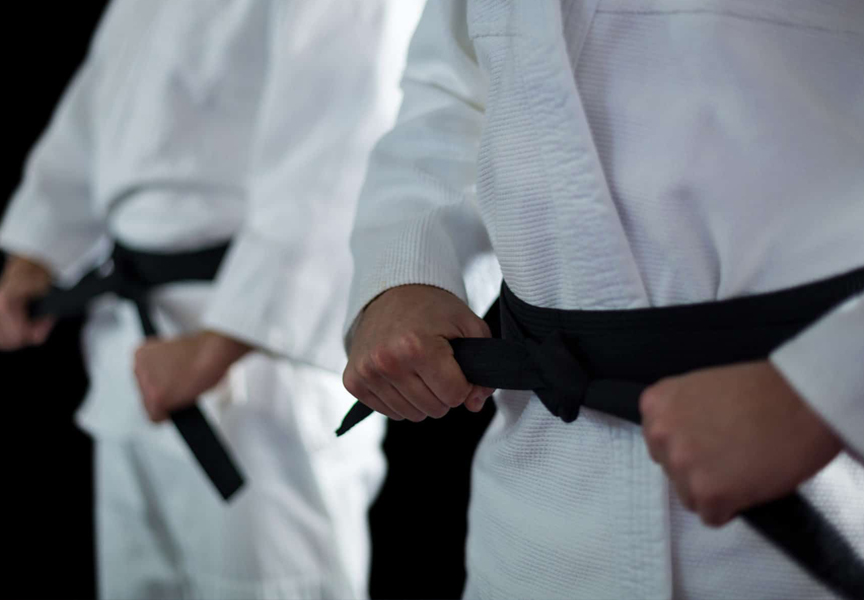
In the world of martial arts, there is often an emphasis on the number of techniques one can learn or the belts one can earn. Many martial arts schools and practitioners focus on quantity, striving to accumulate as many techniques or belts as possible. However, in this pursuit, the importance of quality can often be overlooked. In this article, we will explore why it is crucial to prioritize quality over quantity in martial arts. The Allure of…
- Martial Arts and Violence
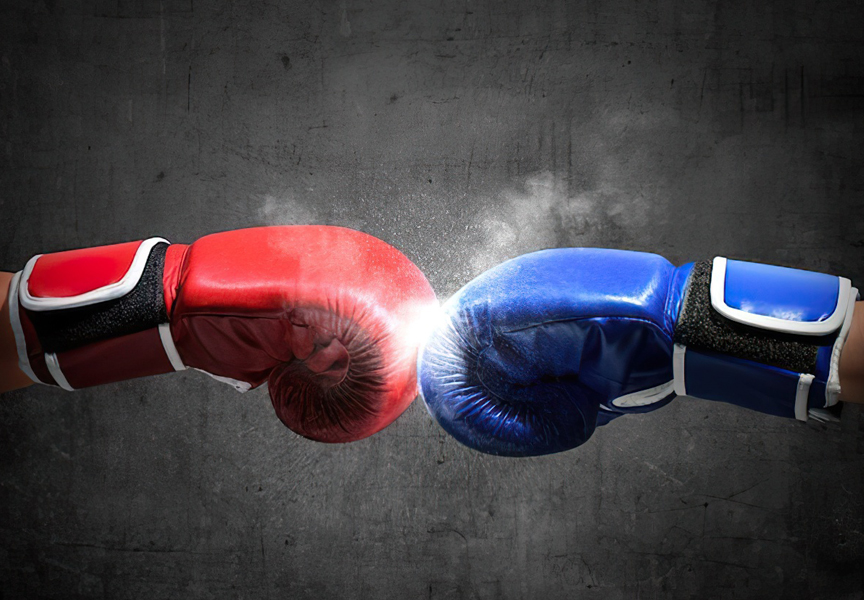
In recent years, there has been an ongoing debate surrounding the association between martial arts and violence, particularly concerning children who practice combat sports. Concerned parents often express worry about their children potentially becoming more aggressive due to their involvement in activities like Κarate, Kung Fu, or taekwondo. However, it's crucial to debunk this misconception and understand the broader context in which…
- Paper Engraved Couplets
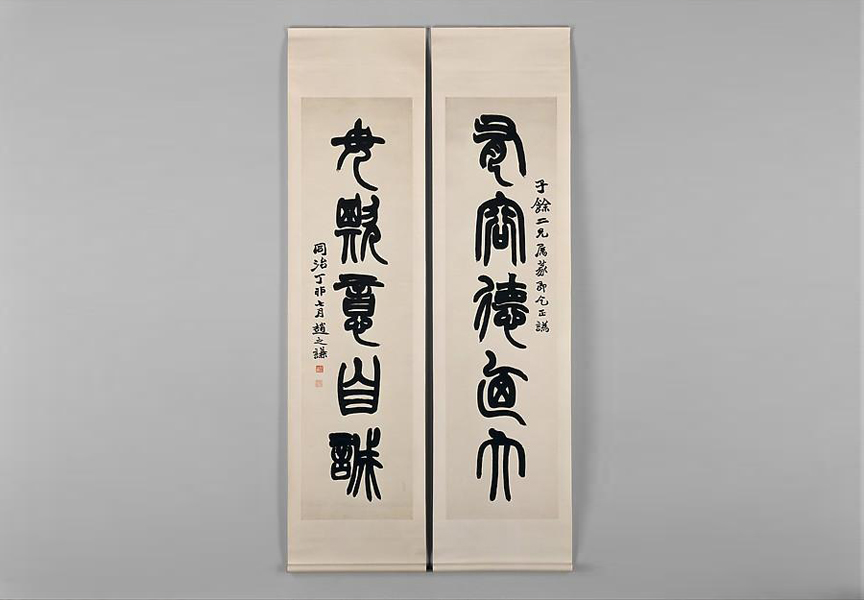
Paper Engraved Couplets in a Shaolin Kung Fu School In the tranquil courtyards of a traditional Shaolin Kung Fu school, amidst the echoes of ancient martial arts techniques, there exists a practice that transcends physical prowess – the art of paper engraved couplets (Zhǐ kè duìlián 纸刻对联). Within these hallowed grounds, where discipline meets spirituality, these delicate paper creations adorn the walls, serving as both a…
- Evaluations Over Examinations in Martial Arts
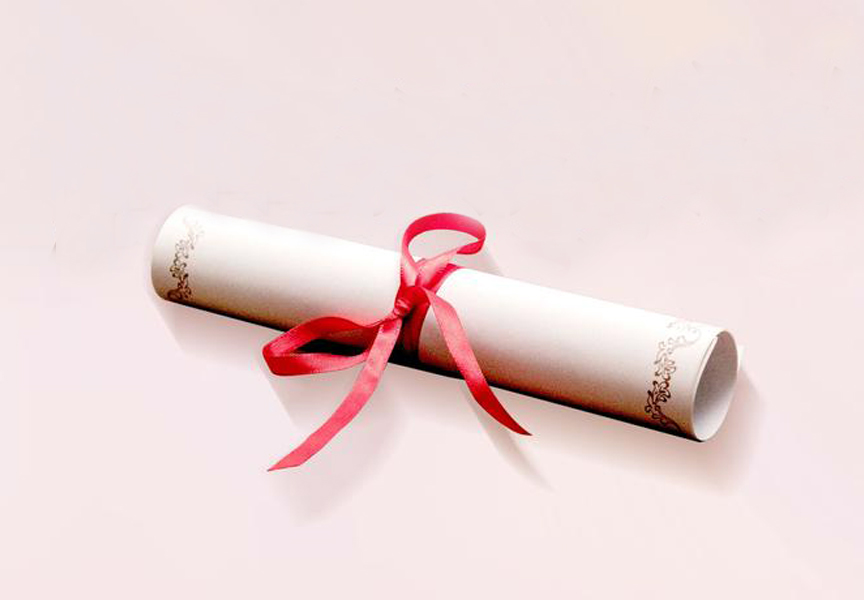
A Holistic Approach to Progress Martial arts, beyond being a physical discipline, is a profound journey of self-discovery, discipline, and continuous improvement. Traditional examination systems have long been ingrained in martial arts culture, with students undergoing rigorous testing to advance to the next belt rank. However, a paradigm shift is underway, as many Traditional martial arts schools, and Shaolin in particular, are embracing the…

